- Home
- Liquid Filling Machine
- Liquid Paste Filling Machine
Liquid Paste Filling Machine
Customize Filling Machine For Paste
BG Machinery offers a wide range of packaging equipment for both high viscosity paste and thick paste. 100+ Paste manufacturers choose BG Machinery automated packaging and sealing machines for their ease of use, durability, and high speeds necessary for packaging garlic paste, tomato sauce, cream, cosmetic paste and pharmacy paste.
Jar,4 side seal , 3 side seal bag, Stick pack ,Stand up bag, Pillow bag, Quad seal bag and Flat bottom bag is avaliable
- Wide range of liquid filling machine options
- High speed & Low failure
- Flexbile Package & Sustainabilty
- Competitive Price with reliable quality
- On time delievry & Perfect after-sales service
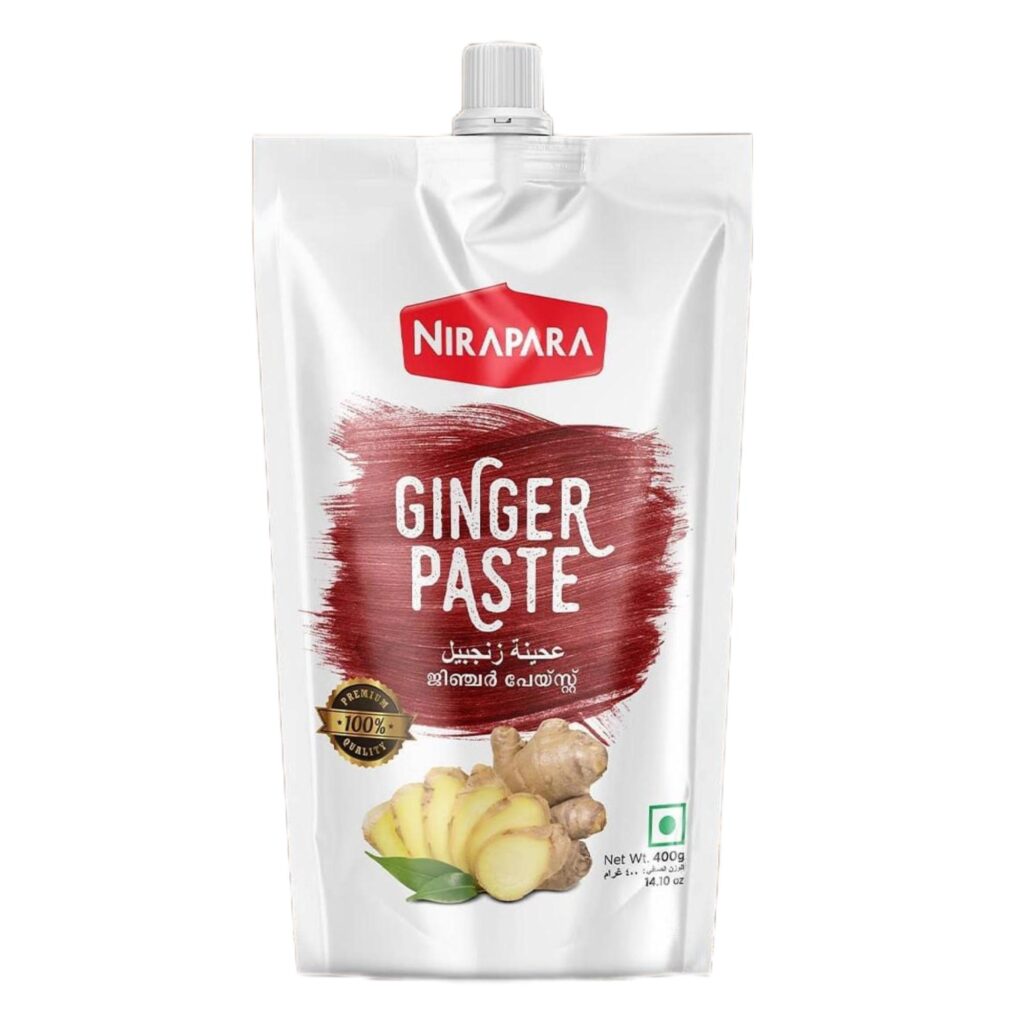
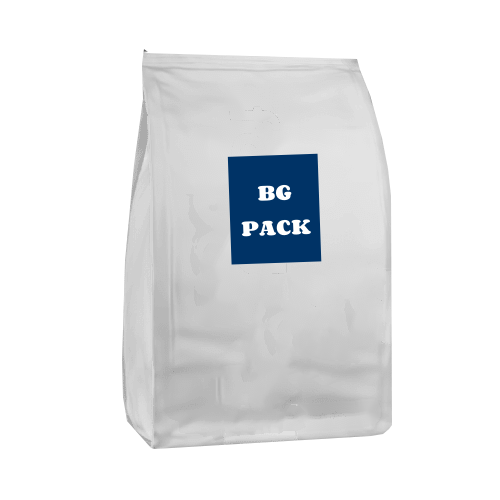
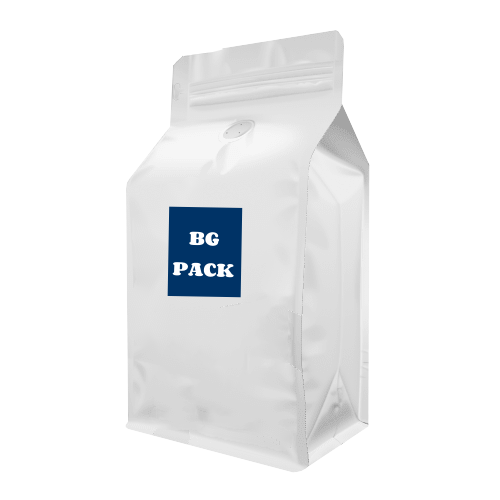
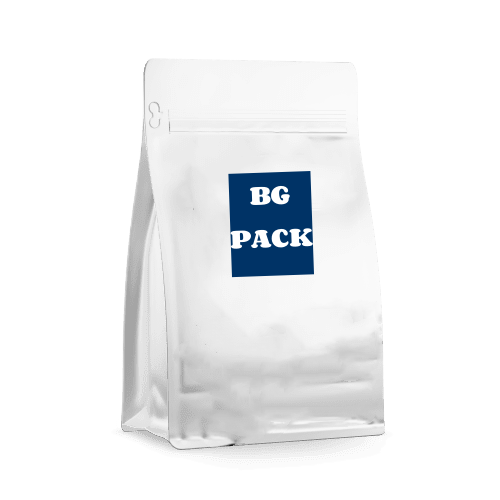
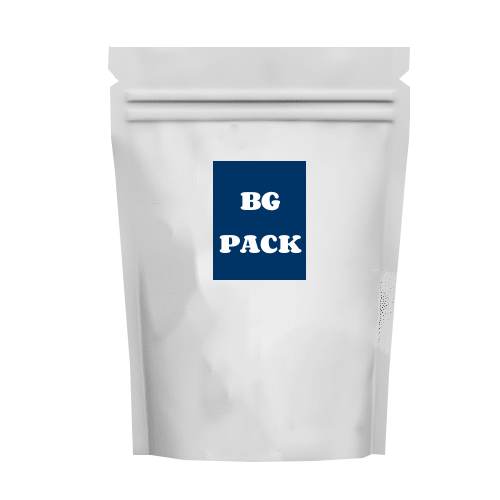
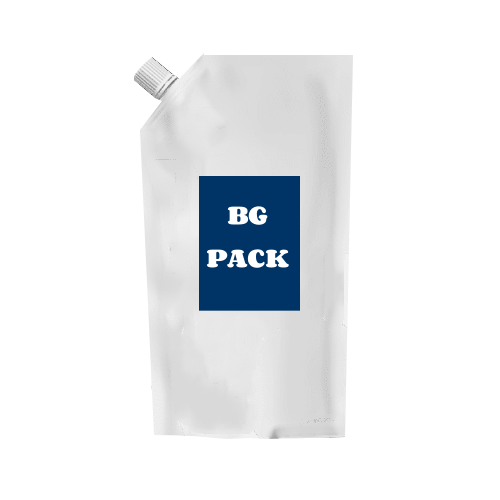
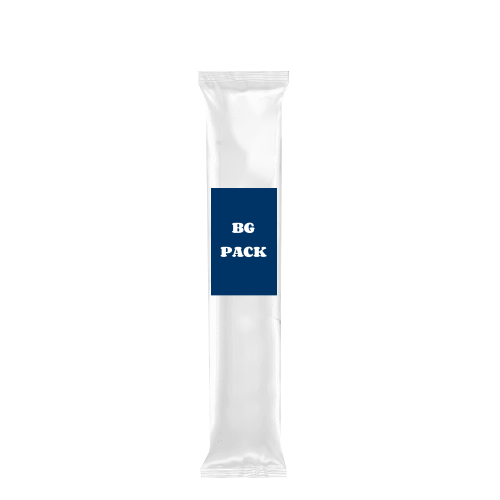
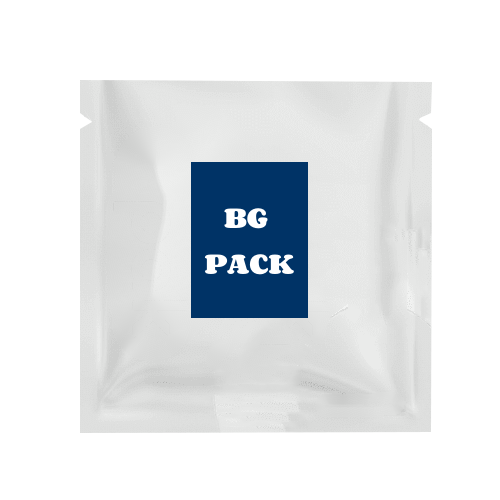

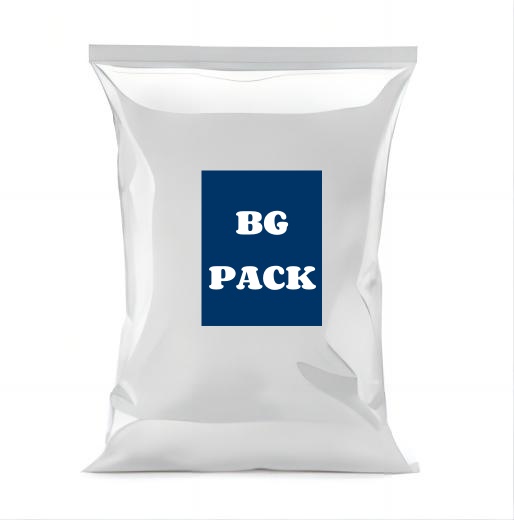
Paste Filling Machine for Sale
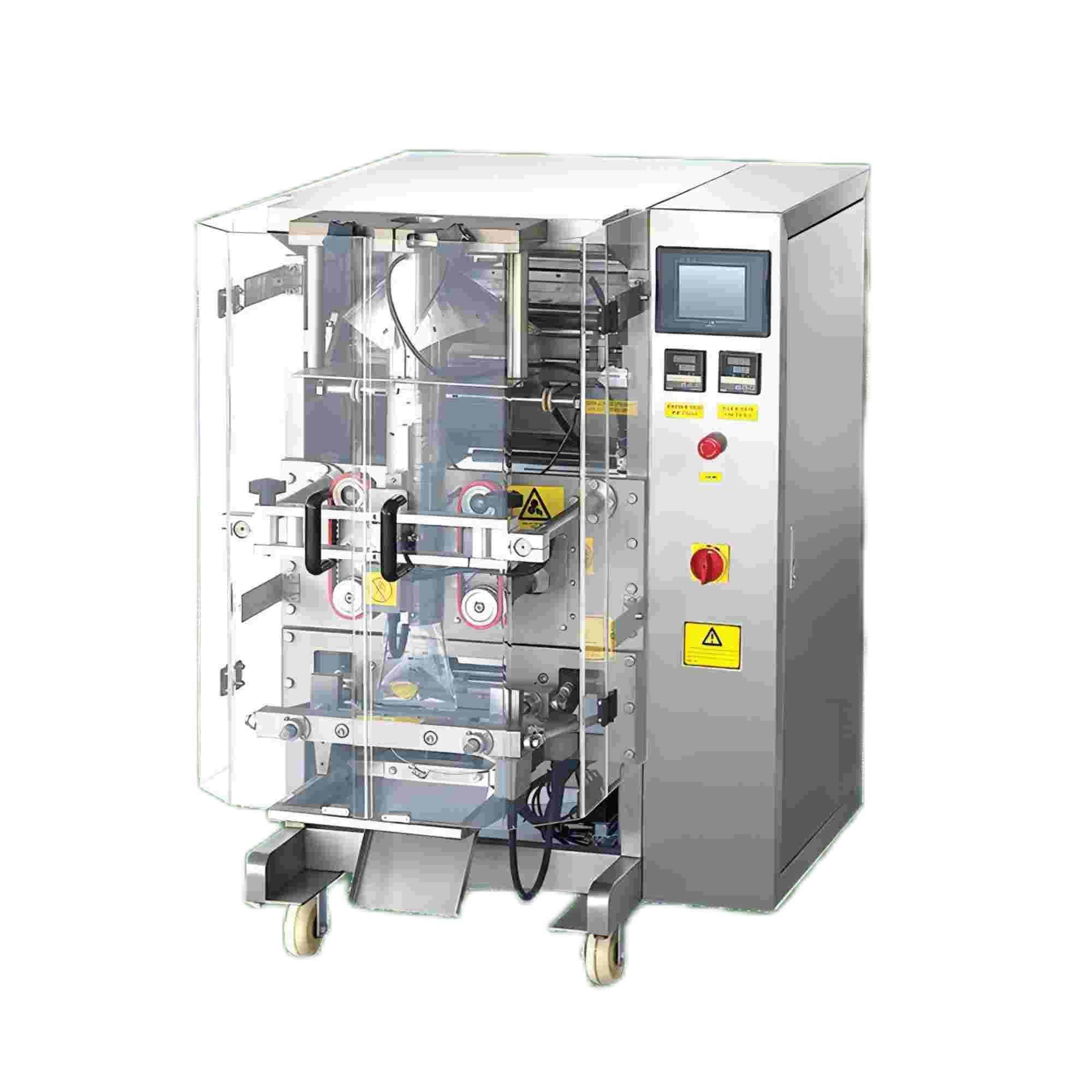
Vertical Form Fill Seal Machine
For packing liquids and pastes into bags from a roll of film and vertically sealing them, Vertical Form Fill Seal (VFFS) machines are perfect. These devices are renowned for being quick and effective in creating a lot of sealed packets.
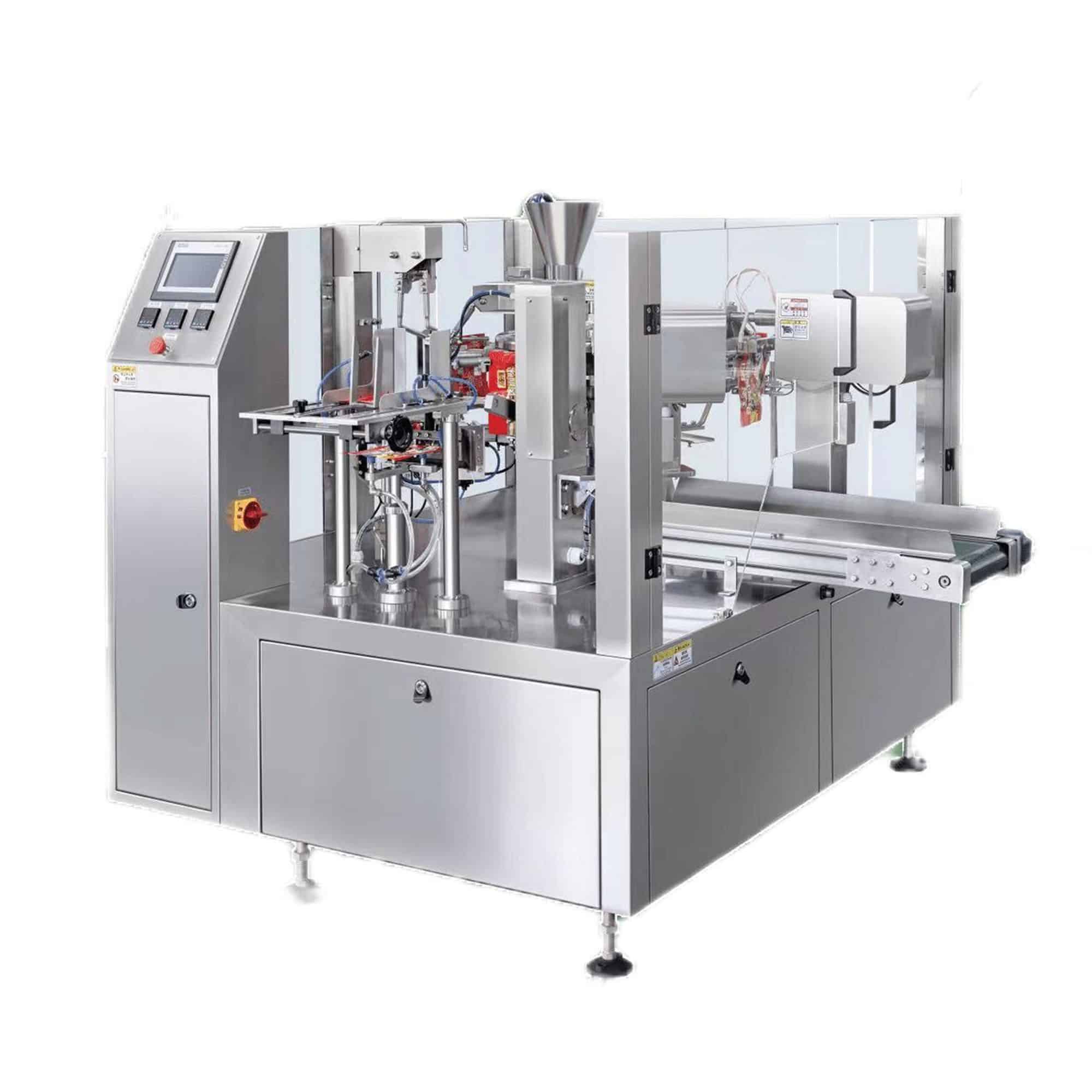
Premade Pouch Packing Machine
Doypack machines are used to fill and seal prefabricated pouches containing paste or liquid materials. Because of their adaptability to different pouch sizes and forms, they can meet a wide range of market demands.
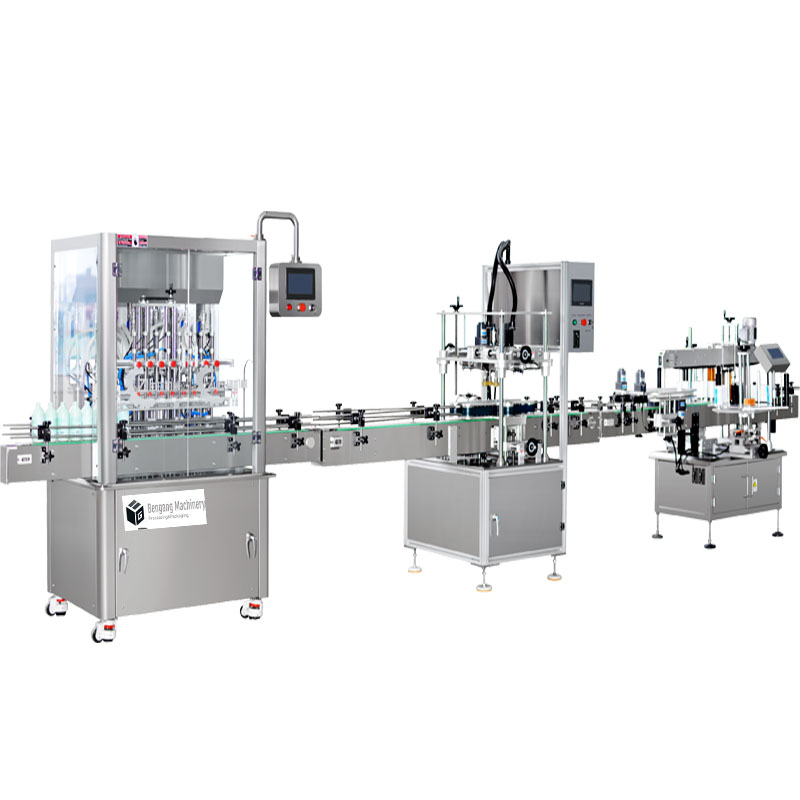
Liquid Paste Filling Machine
Especially made for bottling pastes and liquids, these devices have the ability to fill bottles precisely and consistently with product volume, which is essential for preserving the quality of packaged goods.
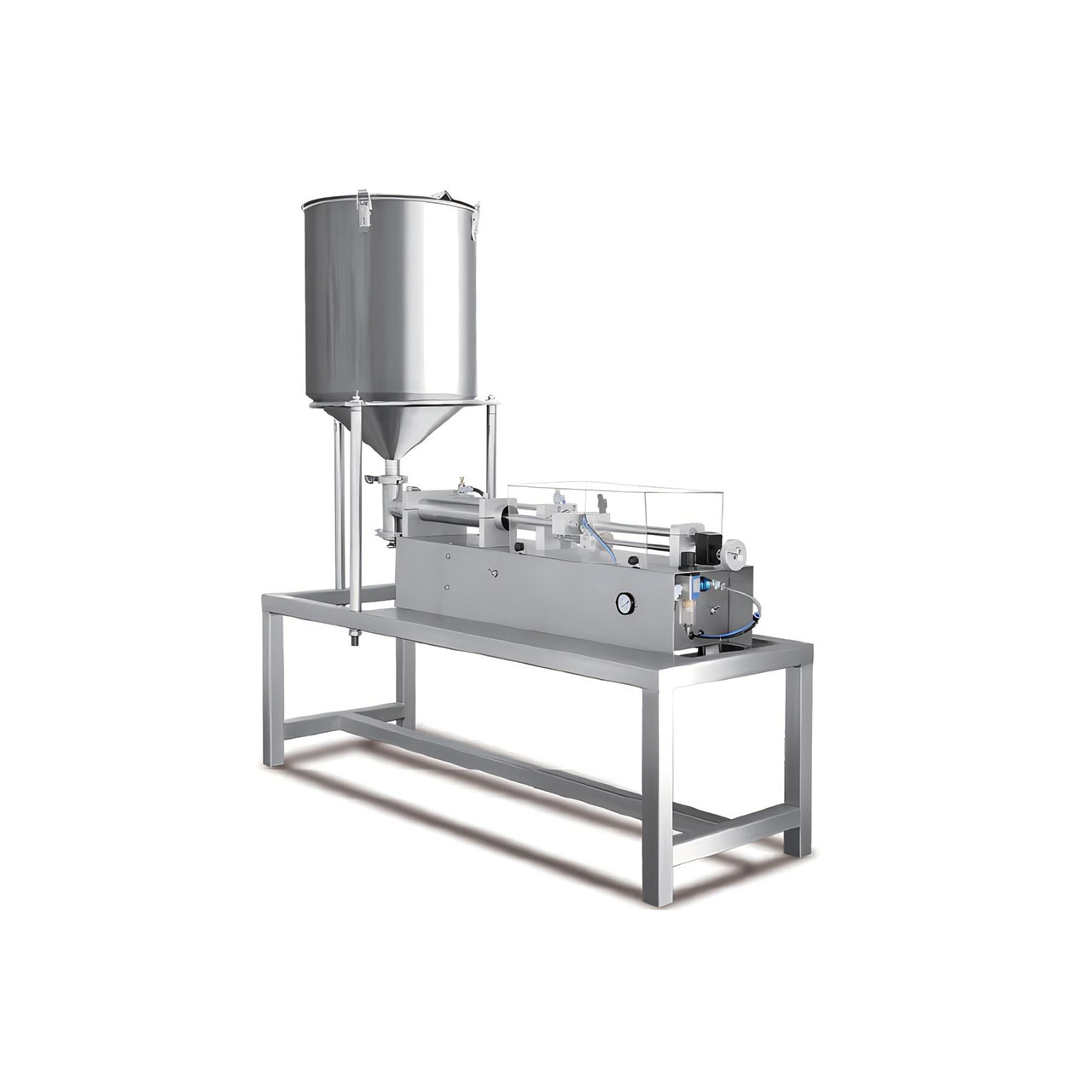
Manual Paste Filling Machine
For smaller operations or when fine manual control over the filling process is required, these are more labor-intensive yet economically viable. They are often utilized for specialized products or small-scale manufacturing.
Video Gallery
Liquid Filling Machine Video

Skyrocket Your Business with BG Machinery
How can we order the right machine?
How can we check your machine quality after we place an order?
You will receive photos and videos of the machine every 5-10 days so that you can assess its running condition. In addition, you’re welcome to check the machine by yourself at our factory.
Why we should choose you?
- Professional team 24 hours provide service for you
- 12 months warranty
- Life time technical support no matter how long you have bought our machine
- Oversea service is available.
What about your payment?
T/T by bank account directly L/C at sight
Ultimate Guide
Liquid Paste Filling Machine : The Complete Guide 2025
Table of Contents
Liquid paste filling machines are indispensable tools in various industries, including food, pharmaceutical, and cosmetics. These machines ensure precise and efficient filling of viscous liquids and pastes into containers. To help you navigate the world of liquid paste filling machines, we present this comprehensive FAQ guide.
What is a Liquid Paste Filling Machine?
A liquid paste filling machine is a specialized equipment designed to fill containers with viscous liquids or pastes. It typically consists of a hopper, filling nozzles, and a control system. The hopper holds the product, while the nozzles dispense it into containers.
What are the Benefits of Using a Liquid Paste Filling Machine?
- Increased Efficiency: Automated filling eliminates manual labor, reducing production time and increasing output.
- Improved Accuracy: Precise filling parameters ensure consistent product weight and volume, minimizing waste and product variability.
- Enhanced Hygiene: Automated filling reduces the risk of contamination, maintaining product quality and safety.
- Reduced Labor Costs: Eliminating manual filling tasks frees up labor for other value-added activities.
- Flexibility: Liquid paste filling machines can handle a wide range of paste viscosities and container sizes, providing versatility in production.
What Equipment Is Used For Filling Liquid Paste?
There are several types of liquid paste filling machines, each with its own advantages and applications:
- Gravity Fillers: Utilize gravity to dispense the product.
- Pressure Fillers: Use compressed air or other gases to force the product into containers.
- Volumetric Fillers: Measure the volume of the product dispensed.
- Net Weight Fillers: Determine the weight of the product in each container.
How Does a Liquid Paste Filling Machine Work?
The operation of a liquid paste filling machine varies depending on the type of machine. However, the general principle involves the following steps:
- The product is loaded into the hopper.
- The filling nozzles are positioned over the containers.
- The control system activates the filling process, which may involve gravity, pressure, or a combination of both.
- The product is dispensed into the containers until the desired fill level is reached.
What Factors to Consider When Choosing a Liquid Paste Filling Machine?
Choosing the right liquid paste filling machine is crucial for efficient and accurate packaging operations. Here are some key factors to consider:
1. Product Characteristics:
- Viscosity: The machine should be compatible with the viscosity of your paste.
- Acidity/Alkalinity: Consider the pH level of your paste to ensure the machine’s materials are resistant to corrosion.
- Particle Size: If your paste contains particles, ensure the machine can handle them without clogging.
2. Filling Volume and Speed:
- Volume Range: Determine the range of filling volumes you require.
- Speed: Consider the desired production rate and choose a machine that can meet your throughput needs.
3. Filling Accuracy:
- Precision: The machine should consistently fill containers to the desired weight or volume.
- Repeatability: Ensure the machine can maintain accuracy over multiple filling cycles.
4. Container Type and Size:
- Container Shape: Choose a machine that can handle the shape of your containers (e.g., bottles, jars, tubes,pouch).
- Container Size: Consider the range of container sizes you need to fill.
5. Machine Design and Features:
- Filling Method: Select a machine that uses the appropriate filling method for your paste (e.g., piston, auger, volumetric).
- Nozzle Design: The nozzle should be designed to minimize dripping and ensure clean filling.
- Cleaning and Maintenance: Consider the ease of cleaning and maintenance to minimize downtime.
6. Automation and Integration:
- Automation Level: Determine the level of automation you require (e.g., semi-automatic, fully automatic).
- Integration: Consider the compatibility of the machine with your existing production line.
7. Safety and Compliance:
- Safety Features: Ensure the machine meets industry safety standards and has appropriate safeguards.
- Compliance: Verify that the machine complies with relevant regulations (e.g., FDA, GMP).
8. Cost and Return on Investment:
- Initial Investment: Consider the upfront cost of the machine.
- Operating Costs: Factor in ongoing expenses such as maintenance, energy consumption, and labor.
- Return on Investment: Evaluate the potential return on investment based on increased efficiency and reduced waste.
How to Maintain a Liquid Paste Filling Machine?
Regular maintenance is crucial to ensure optimal performance and longevity of your liquid paste filling machine. This includes:
- Cleaning and sanitizing the machine after each use
- Inspecting and replacing worn or damaged parts
- Calibrating the machine regularly
Troubleshooting Common Issues with Liquid Paste Filling Machines
Liquid paste filling machines are essential equipment in various industries, ensuring precise and efficient filling of viscous products. However, like any machinery, they can encounter occasional issues. Here’s a comprehensive guide to troubleshooting common problems with liquid paste filling machines:
1. Leaking or Dripping:
- Check the seals: Worn or damaged seals can cause leaks. Replace them as needed.
- Tighten connections: Loose connections between components can lead to dripping. Ensure all fittings are secure.
- Inspect the nozzles: Clogged or damaged nozzles can cause uneven flow and dripping. Clean or replace them accordingly.
2. Inaccurate Filling:
- Calibrate the machine: Ensure the machine is properly calibrated to dispense the correct volume.
- Check the viscosity: The viscosity of the paste can affect the filling accuracy. Adjust the machine settings or use a different paste if necessary.
- Inspect the filling head: A worn or damaged filling head can cause inconsistent filling. Replace it if required.
3. Machine Overheating:
- Check the motor: Overheating can indicate a faulty motor. Contact a technician for repairs.
- Clean the machine: Dust and debris can accumulate and cause overheating. Clean the machine regularly.
- Ensure proper ventilation: Provide adequate ventilation around the machine to prevent heat buildup.
4. Slow Filling Speed:
- Check the pump: A weak or clogged pump can slow down the filling process. Inspect and clean or replace the pump as needed.
- Inspect the hoses: Kinks or blockages in the hoses can restrict flow. Check and clear any obstructions.
- Adjust the machine settings: Increase the filling speed setting if possible.
5. Machine Not Starting:
- Check the power supply: Ensure the machine is properly connected to a power source.
- Inspect the fuses: Blown fuses can prevent the machine from starting. Replace them with the correct amperage.
- Contact a technician: If the above steps do not resolve the issue, contact a qualified technician for further troubleshooting.
Future Trends in Liquid Paste Filling Technology: Innovations to Watch
As the demand for liquid and paste products continues to rise, the liquid paste filling machine industry is undergoing rapid advancements. Here’s a comprehensive guide to the latest trends and innovations shaping this sector in 2024:
1. Automation and Robotics:
Automation is revolutionizing liquid paste filling processes, reducing manual labor and increasing efficiency. Robotic arms and automated systems are being integrated to handle tasks such as product loading, filling, and packaging.
2. Precision and Accuracy:
Advanced filling technologies are enabling greater precision and accuracy in dispensing liquids and pastes. Volumetric and gravimetric filling systems ensure consistent and precise filling volumes, minimizing product waste and ensuring product quality.
3. Hygienic Design:
Hygiene is paramount in the food and pharmaceutical industries. Liquid paste filling machines are being designed with sanitary materials and features to prevent contamination and maintain product integrity.
4. Sustainability and Eco-Friendliness:
Environmental concerns are driving the development of sustainable filling machines. Manufacturers are using biodegradable materials, reducing energy consumption, and implementing waste reduction strategies.
5. Smart Technology and IoT:
Smart technology and the Internet of Things (IoT) are transforming liquid paste filling operations. Machines are equipped with sensors and connectivity features, allowing for remote monitoring, data analysis, and predictive maintenance.
6. Customization and Flexibility:
Filling machines are becoming increasingly customizable to meet the specific needs of different industries and products. Modular designs and interchangeable components enable manufacturers to tailor machines to their unique requirements.
7. Advanced Filling Techniques:
Innovative filling techniques are emerging to handle challenging liquids and pastes. Ultrasonic filling, for example, uses high-frequency vibrations to reduce foaming and improve filling accuracy.
8. Integration with Packaging Lines:
Liquid paste filling machines are being integrated with automated packaging lines to streamline production processes. This integration reduces downtime, improves efficiency, and ensures seamless product flow.
9. Data Analytics and Optimization:
Data analytics is playing a crucial role in optimizing liquid paste filling operations. Machines collect data on filling parameters, product quality, and machine performance, enabling manufacturers to identify areas for improvement and maximize productivity.
10. Artificial Intelligence (AI):
AI is being incorporated into filling machines to enhance decision-making and predictive maintenance. AI algorithms analyze data and identify patterns, allowing machines to adjust filling parameters automatically and predict potential issues.
Ideal Custom Filling Machine From BG Machinery
Liquid paste filling machines are essential for efficient and precise filling of viscous liquids and pastes. By understanding the different types, working principles, and factors to consider, you can make an informed decision when selecting a machine that meets your specific needs. Proper maintenance is also vital to ensure the machine’s longevity and optimal performance.
If you are unsure which machine would be a good fit for your company, BG Machinery can help you find the perfect machine for your needs. We have a wide selection of machines and knowledgeable staff who can answer any questions about automatic filling solution .
Cut downtime by 30% with BG Machinery’s precision-engineered machines trusted by 100+ paste producers. Get started today to enjoy free customized solution design and experience factory on-site machine testing — let BG Machinery simplify your paste machine selection process!
Want to Get Paste Filling Machine Price?
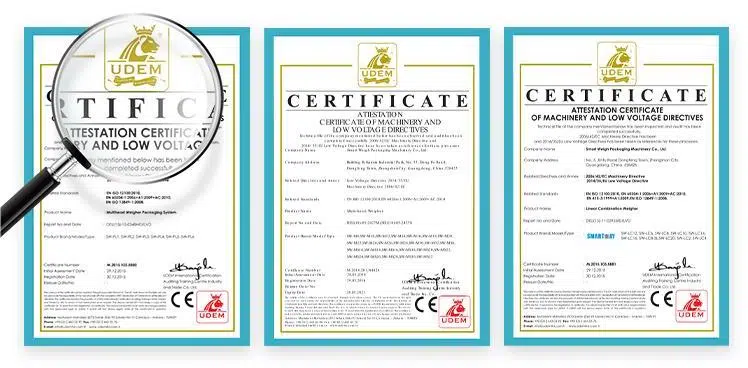
Why We're Different
As one of the top 5 E2E Smart Packaging Solutions Suppliers, we don’t just sell you equipment and move on. Our BG machinery engineers provide expert solutions to ensure your existing machinery operates efficiently.
We’re on the cutting edge of filling advancements. We developed the industry’s first fully automatic 4-side seal production line with robot hands for batch flexibility. Not only that, but our excellence extends throughout every phase of our collaboration.
Beyond that, our relentless innovation and proven excellence empower your success—so why wait? Get a free capacity diagnostic report ,customized ROI calculator and cost-effective packaging solution.


